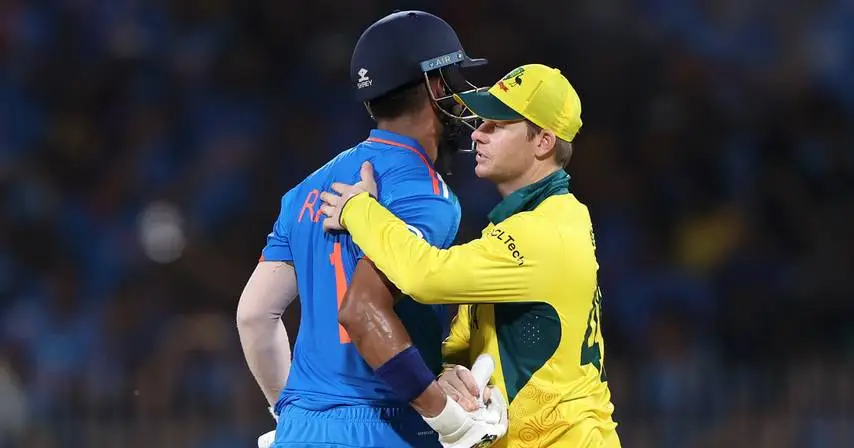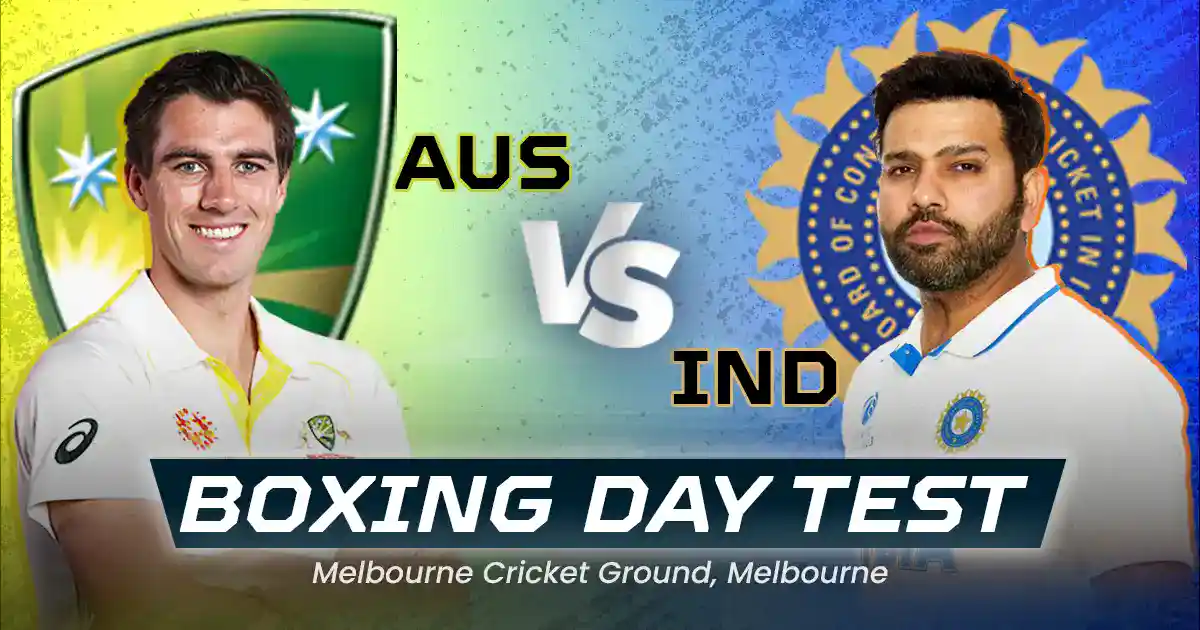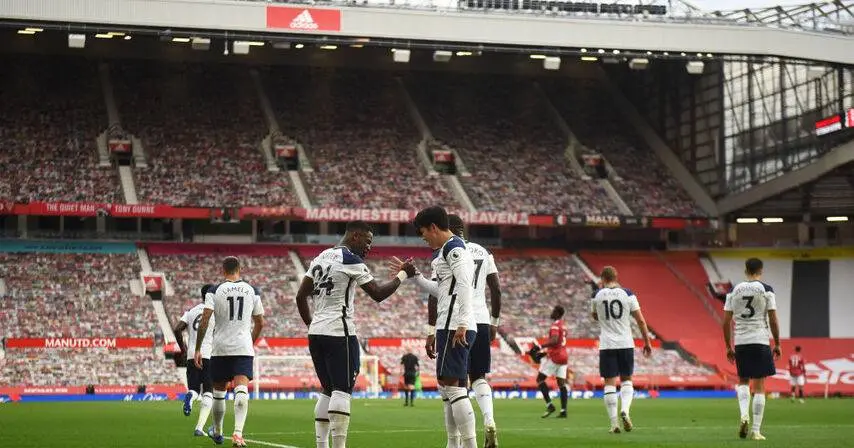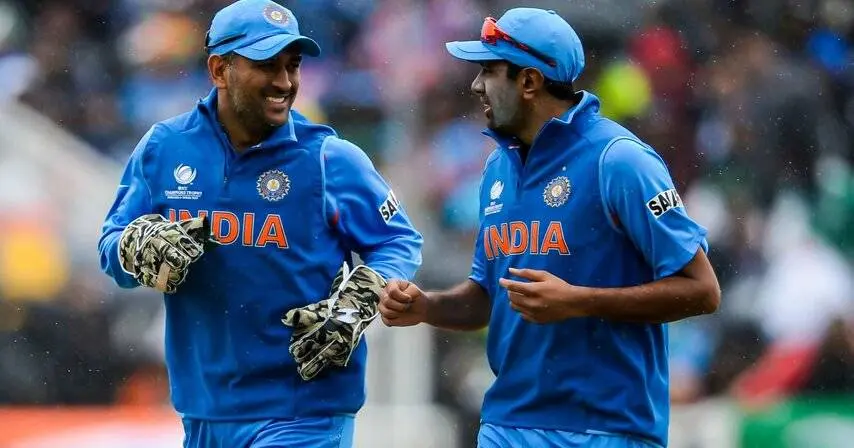
On This Day: Australia Broke a Billion Hearts to Claim the ICC Men’s World Cup in Ahmedabad
19th November 2023: The date remains etched in the memories of cricket fans around the globe, particularly in India—a day when dreams were shattered, hopes crumbled, and a billion hearts were left mourning.
On this day, Australia defeated India in the ICC Men’s World Cup final, triumphantly clinching the trophy in front of a packed Narendra Modi Stadium in Ahmedabad. For Indian fans, the heartbreak ran deep, as the script they had imagined unraveled in the most unexpected fashion.
The Build-Up to the Big Day
The 2023 ICC Men’s World Cup had been nothing short of spectacular. Hosted by India, the tournament saw massive crowds, thrilling games, and an unmistakable sense of anticipation. For Indian fans, it was more than just a cricket tournament—it was a celebration of the sport they love. The home team, led by Rohit Sharma, carried the weight of expectations as they breezed through the group stages unbeaten, with dominant victories over strong sides like Australia, New Zealand, Pakistan, and South Africa.
India's road to the final was a dream run. They played with precision, confidence, and flair, powered by scintillating performances from players like Virat Kohli, Jasprit Bumrah, Mohammed Shami and Rohit Sharma. The semifinal saw them dismantle New Zealand with ease, reinforcing their status as firm favorites to lift the trophy.
On the other side, Australia had been their usual resilient selves. Despite a shaky start to the tournament, Pat Cummins and his men found their rhythm when it mattered most. Their performances in the knockout stages, especially a clinical victory against South Africa in the semis, reminded everyone why they were a five-time World Cup-winning team.
The Day of the Final
The Narendra Modi Stadium, the largest cricket stadium in the world, was a sea of blue, with over 100,000 Indian fans cheering their hearts out. The atmosphere was a mix of celebration and nerves, with an undercurrent of optimism. India was on the cusp of ending a 12-year wait for another World Cup trophy, and there seemed no better place to do it than at home.
Australia won the toss and opted to bowl first – a decision that seemed logical given the dew factor that often influences evening games in India. However, the Men in Blue seemed undeterred, as they wanted to set a target and put pressure on the visitors.
India’s Innings
India’s innings began with a sense of optimism, as Rohit Sharma and Shubman Gill walked out to bat. Sharma started with his trademark flair, dispatching the Australian bowlers to the boundary with ease. His timing was immaculate, and it seemed like he was setting the stage for a big score. But just as India appeared to be settling in, disaster struck. Rohit Sharma's promising knock of 47 runs came to an end courtesy of a Glenn Maxwell delivery, but the real brilliance lay in Travis Head’s incredible effort. Head pulled off a stunning diving catch, making the dismissal as much about his athleticism as Maxwell's bowling. Shreyas Iyer soon followed, as he was dismissed by Pat Cummins, leaving the crowd in stunned silence.
Virat Kohli, the talismanic run-machine, walked in under immense pressure. Alongside KL Rahul, he steadied the ship, showcasing his unmatched ability to absorb pressure and rebuild an innings. Kohli brought up a fighting half-century, his every boundary greeted by thunderous applause. However, just as he looked set to anchor the innings, he fell to an unplayable delivery from Pat Cummins.
India’s middle order crumbled against a disciplined Australian attack. KL Rahul and Ravindra Jadeja struggled to build momentum, and Suryakumar Yadav’s late cameo wasn’t enough to push India to a truly formidable total. Kuldeep Yadav chipped in with a useful knock down the order, but India was eventually bowled out for 240 in 48.3 overs. While the target was competitive, it was not the intimidating score Indian fans had hoped for. Australia’s bowlers, especially Cummins, Starc, and Zampa, executed their plans with precision, ensuring India never fully got away.
Australia’s Chase
Chasing 241 in a World Cup final is no small task, especially against an Indian bowling attack that had been near-unplayable throughout the tournament. The pressure of the moment was palpable as David Warner and Travis Head walked out to open for Australia. India struck early, with Mohammed Shami dismissing Warner cheaply, sending the crowd into a frenzy. Jasprit Bumrah then removed Mitchell Marsh and Steve Smith in quick succession. At 47/3, India had their tails up. But just when it seemed like India had seized control, Travis Head turned the game on its head.
The left-hander played one of the most memorable innings in World Cup final history. His counter-attacking approach took the sting out of India’s bowling. Head found an able ally in Marnus Labuschagne, whose calm demeanor and ability to rotate the strike complemented Head’s aggression perfectly. The pair stitched together a century partnership, systematically dismantling India’s plans. Head brought up a brilliant century, silencing the raucous Ahmedabad crowd. His timing, placement, and fearless approach were a masterclass in handling pressure on the grandest stage.
When Travis Head was finally dismissed by Mohammed Siraj for 137, Australia were within touching distance of another ICC World Cup triumph. Labuschagne and Glenn Maxwell carried on, ensuring Australia stayed ahead in the chase. Maxwell and Labuschagne finished the job, as the Aussie chased down India’s target in the 43rd over. Australia claimed a famous six-wicket win over the host to clinch their sixth ICC Men’s World Cup.
Legacy of the Match
This match was a stark reminder of the unpredictability of cricket. India, the dominant force throughout the tournament, fell short when it mattered most. For Australian cricket, it was yet another chapter in their storied legacy of thriving in high-pressure situations. For Indian cricket, the heartbreak was profound, but so was the pride in the team’s journey. They had played some of the best cricket in the tournament and had united a nation with their performances.




